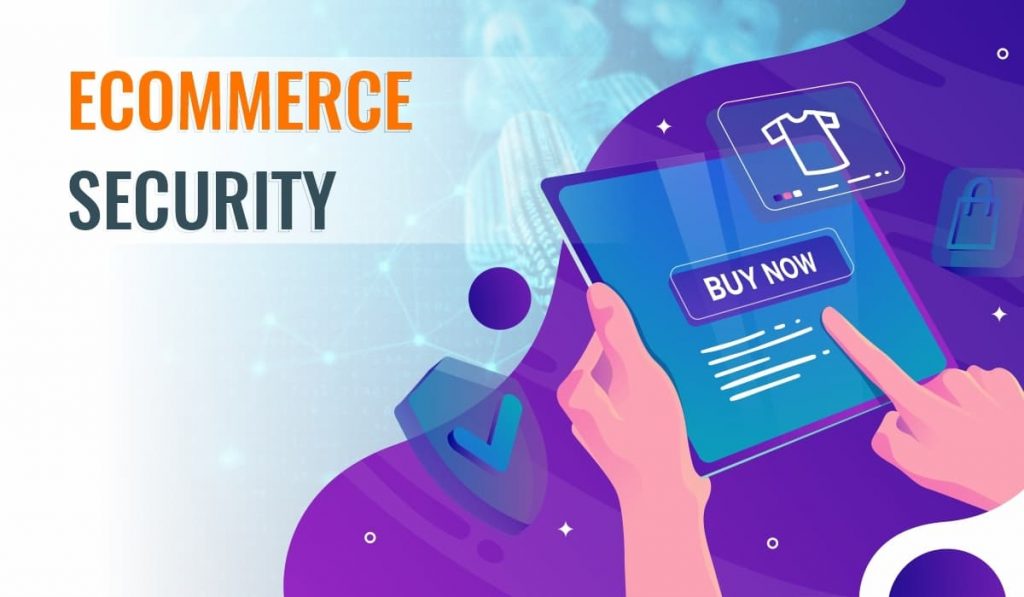The digital realm has its wonders, hasn’t it? From browsing endless digital aisles to clicking a button and having products delivered to your doorstep, the world of online shopping feels magical. But here’s the thing: it’s not all roses.
Just as you’d protect a brick-and-mortar shop with locks, alarms, and CCTV, your online store needs robust security measures. In an era where cyberattacks are becoming all too common, ensuring your ecommerce platform is unbreachable has never been more crucial.
Understanding Ecommerce Threats
Step into the shoes of a hacker for a moment. They’re always on the hunt for vulnerabilities. Common culprits include DDoS attacks, which flood your site with traffic, making it inaccessible; SQL injections, which can expose and manipulate your database; and phishing scams that trick people into handing over sensitive information.
For businesses, these threats can cause significant financial damage and tarnish reputation. For consumers, it’s a potential compromise of their personal data. Quite a nightmare, right?
Securing the Ecommerce Platform
Every time a customer decides to purchase, they’re placing their faith in your platform. Let’s delve deeper into how you can fortify this digital marketplace.
Regular Updates & Patches
In the dynamic landscape of ecommerce, software is continually evolving. Developers regularly identify potential vulnerabilities and fix them. Ensuring your ecommerce platform is up-to-date means you’re not just adding new features; you’re also applying the latest security patches. A routine check for updates can keep potential hackers at bay.
Secure Payment Gateways
The moment of the transaction is sacred. Customers need to be assured their financial data is in safe hands. Employing a payment gateway that’s recognized and compliant with industry security standards, such as PCI DSS, is crucial. It ensures the sensitive credit card and transactional data remain encrypted and secure from potential threats.
SSL Certificates
Ever noticed that little padlock in your browser’s address bar? That’s an SSL certificate at work. It ensures that the data transferred between a user’s browser and your server remains encrypted. But it’s not just about encryption; it’s also a sign of trust. It tells your users that you care about their data and have taken measures to protect it.
Web Application Firewalls (WAF)
Think of WAFs as the security guards of your online store. They stand at the gates, scrutinizing incoming and outgoing traffic, ensuring malicious attempts like SQL injections or cross-site scripting attacks get stopped in their tracks.
Backup Systems
In the unlikely event of a security breach or even technical malfunctions, having a robust backup system ensures your ecommerce data can be restored. It’s like having a safety net, ensuring that you can rebound quickly without losing critical data or facing extensive downtime.
The Role of Headless Ecommerce in Security
Now, here’s a concept that’s been making waves: headless commerce. Simply, it separates the frontend (what users see) from the backend (where the data magic happens). This decoupling not only makes your platform more flexible but also enhances security.
With frontend and backend operating independently, the attack surface reduces. The backend, housing the critical processes and data, can have its specialized fortress, ensuring your customer data remains in a vault, safe and sound.
Regular Monitoring and Security Audits
A watched pot never boils, and a monitored ecommerce platform is less likely to face breaches. Implement real-time monitoring to detect and counter potential threats as they arise. Think of it as a 24/7 security guard for your online store. Also, consider third-party security audits. Fresh eyes can spot vulnerabilities you might have missed, helping you patch them before they can be exploited.
Educating Staff and Consumers
Your team plays a vital role in maintaining security. Regular training sessions can ensure they’re updated on best practices and can spot threats. Likewise, educate your customers. A simple guideline or tips section can go a long way in helping them shop safely and confidently.
Conclusion
Navigating the ecommerce landscape is like sailing the digital seas. With the right preparations and safeguards, you can weather any storm. As technology evolves, so do the threats, but by staying informed and proactive, you can ensure your online store remains a safe haven for all your customers.
Security isn’t just about software or protocols; it’s about fostering a culture of vigilance. With the right tools and mindset, your ecommerce platform can remain both a thriving marketplace and an impenetrable fortress.
